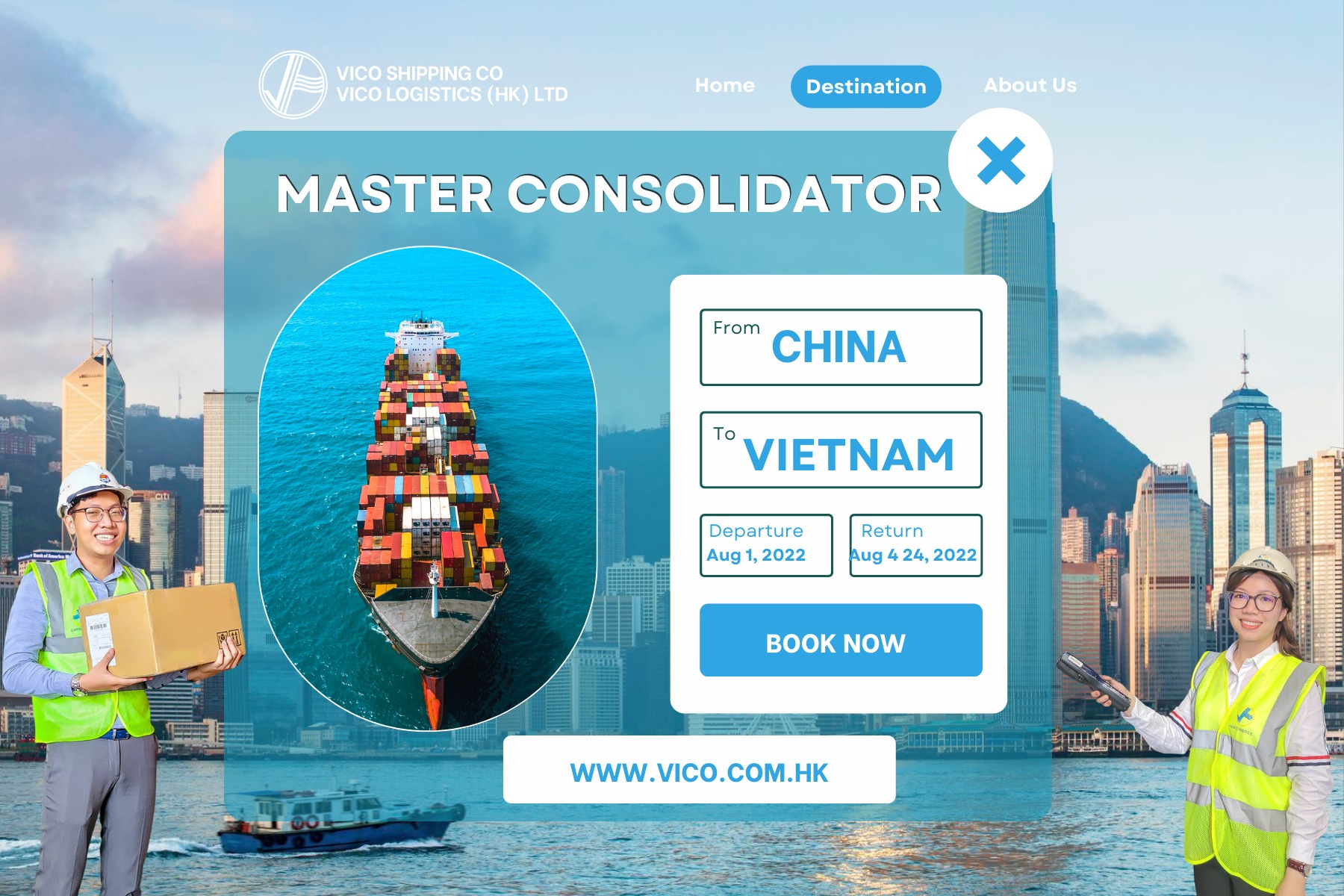
TIPS FROM VICO: SHIPPING BETWEEN VIETNAM AND CHINA
Both Vietnam and China are two of the largest markets in the world, with Vietnam growing at a rate that could surpass China's success in some sectors.
Concerning this, companies need to keep themselves familiar and in check with the processes and systems involved in shipping from Vietnam, China, etc.
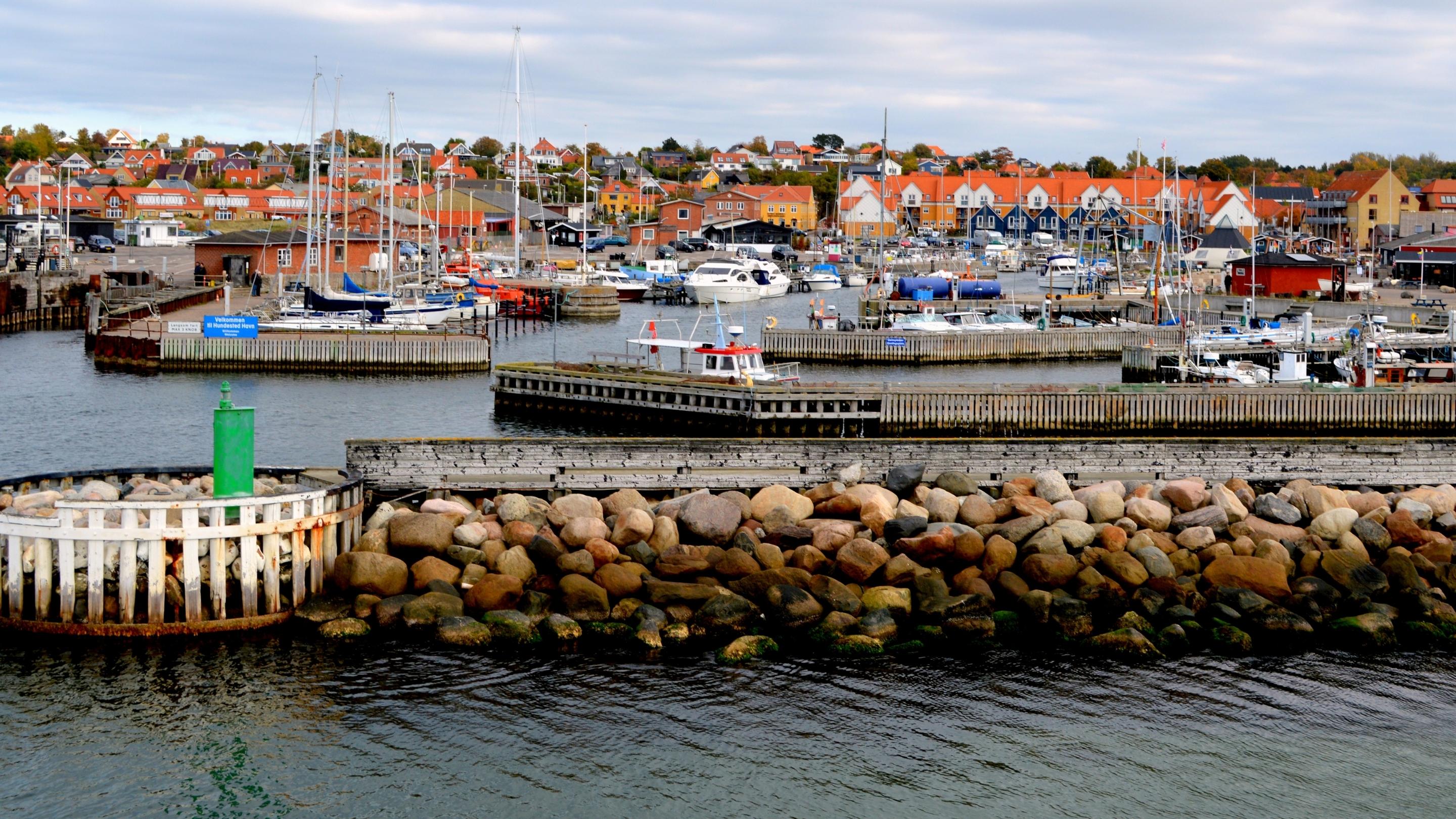
SHIPPING BETWEEN VIETNAM AND CHINA - SEA FREIGHT
Sea freight shipping is one of the most for shipping goods, the common method of transport main reason being how cost-effective and reliable it is. In 2019, more than 35% of imports to Vietnam came from China, and 18% of Vietnamese exportation was shipped from Vietnam to China.
PORTS IN CHINA
Located in Eastern Asia, China is a major shipping and industrial nation. It is the 2nd largest country in terms of land area and is surrounded by water on the Eastern front. China is a major economic power in the region and is known as World's manufacturing superpower. It is a major financial center with several global banks and companies that are based in Shanghai, Hong Kong, Beijing, and Shenzhen.
China is home to some of the most important ports, which is extremely important to the shipping process, especially between China and Vietnam.
1. Port of Ningbo
NINGBO is a Large-sized Port. The types of vessels regularly calling at NINGBO are Cargo (32%), Container Ship (28%), Tanker (7%), Bulk Carrier (5%), and Oil/Chemical Tanker (4%).
Over 1.5 billion tons of goods passed through this particular port in 2019. The port of Ningbo was made through the merging of 2 Chinese ports, Ningbo and Zhoushan, which created the world's number one sport in terms of volumes processed. The port of Ningbo is located in the Zhejiang province, in Hangzhou Bay.
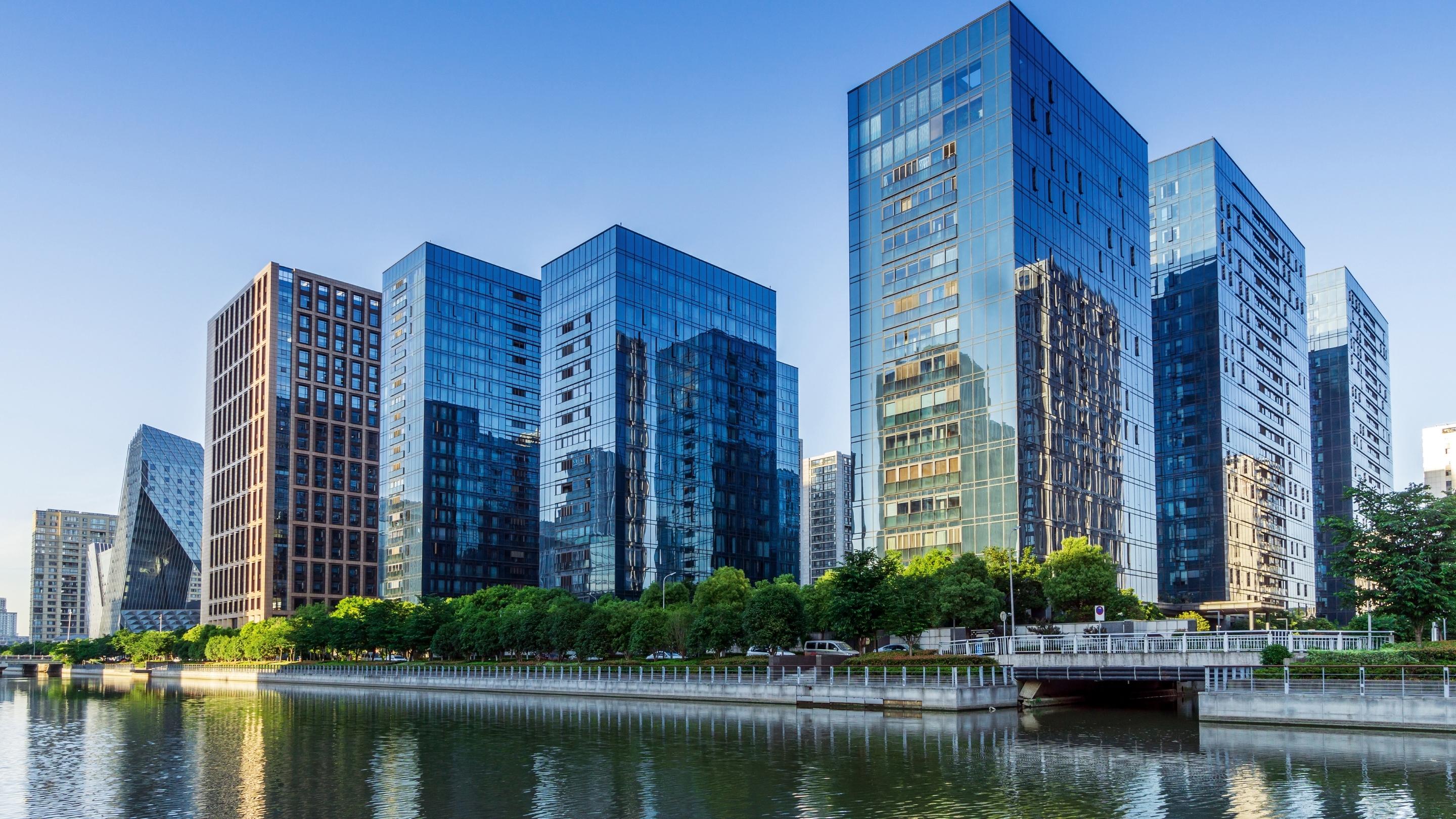
2. Port of Shanghai
The Port of Shanghai is the busiest port in the world in terms of cargo tonnage and comprises a deepsea port and a river port.
Located in Shanghai, China, the port covers an area of 3,619.6km² at the mouth of the Yangtze River. It is situated in the middle of the 18,000km-long Chinese coastline. The Shanghai port is considered the world’s fastest-growing economy.
1.3 billion tons of goods passed through the port in 2019, with a container load of 36,540,000 also passing through in the same year.
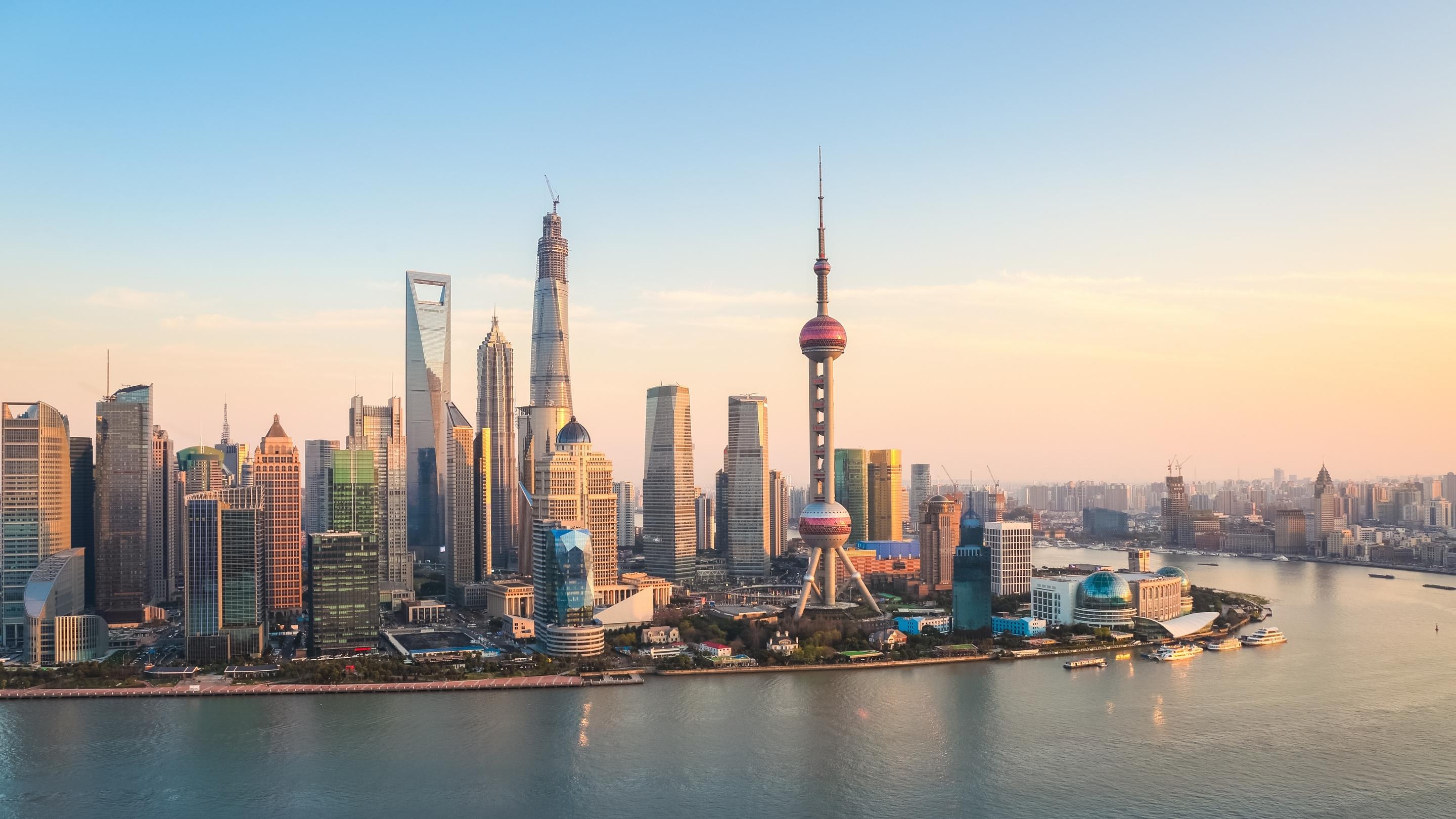
3. Port of Tangshan
Tangshan, which is 150 km from Beijing and sits on the north of the Bohai Sea, links 39 inland ports in nine provinces of China and more than 190 ports in over 70 nations and regions. Its 41 shipping routes for container trade cover the main coastal ports of China, Japan and the Republic of Korea.
The industrial port saw 820 million tonnes passed through in 2019. The port of Tangshan is the fifth largest port in the world and is the most important port in the Hebei province.
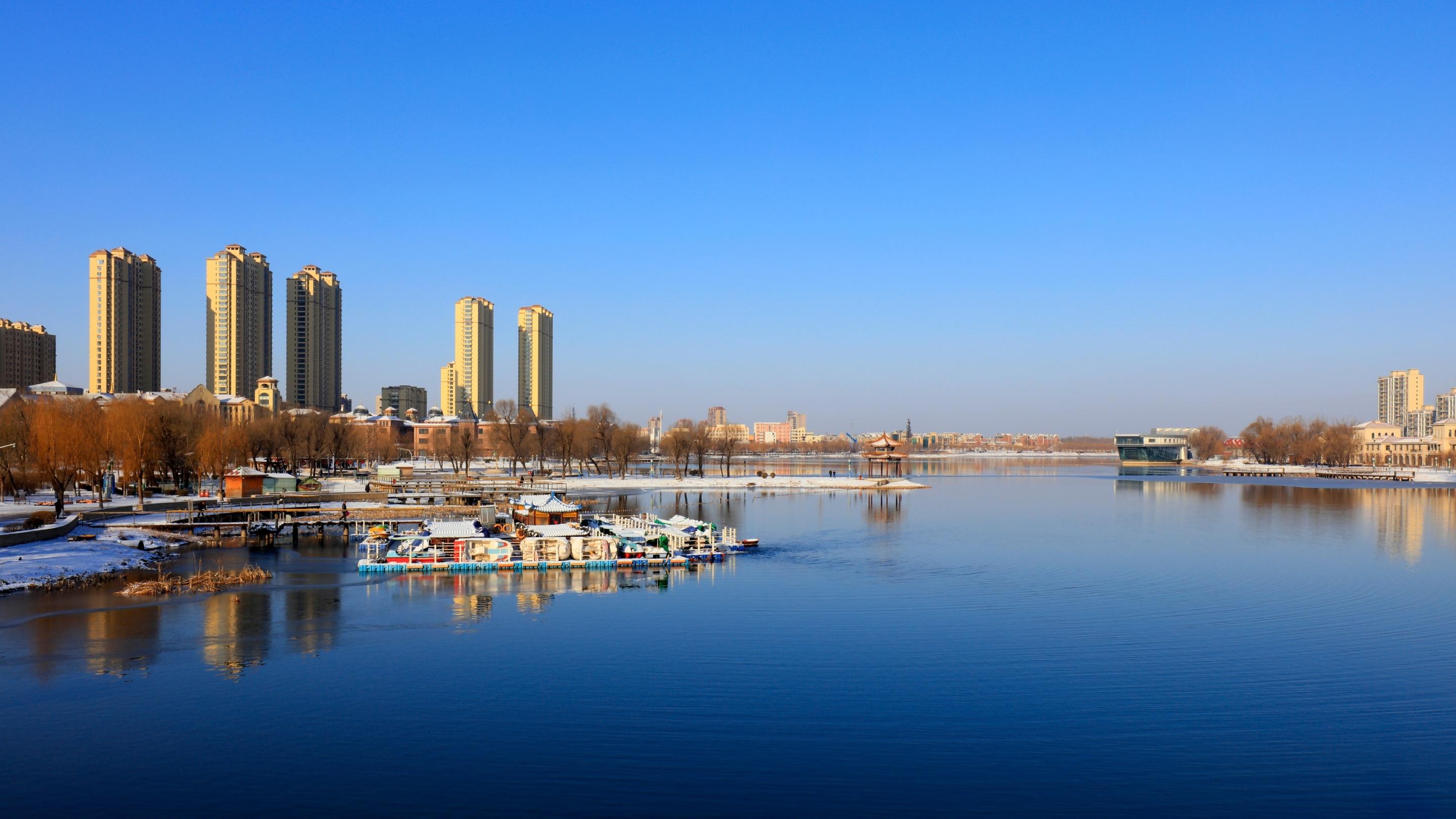
4. Port of Dalian
Lying at the southern tip of Liaodong Peninsula, the DALIAN port is located in a strategic position for shipping companies. It’s equipped with deep water and ice-free port conditions and is able to operate all year round. It’s the largest multi-purpose port in Northeast China and is considered the trade gateway to the pacific.
Five hundred twenty million tonnes passed through in 2019. The port's long history was founded in 1899 in the south Liaodong peninsula.
>> Asia: The largest logistics market in the world
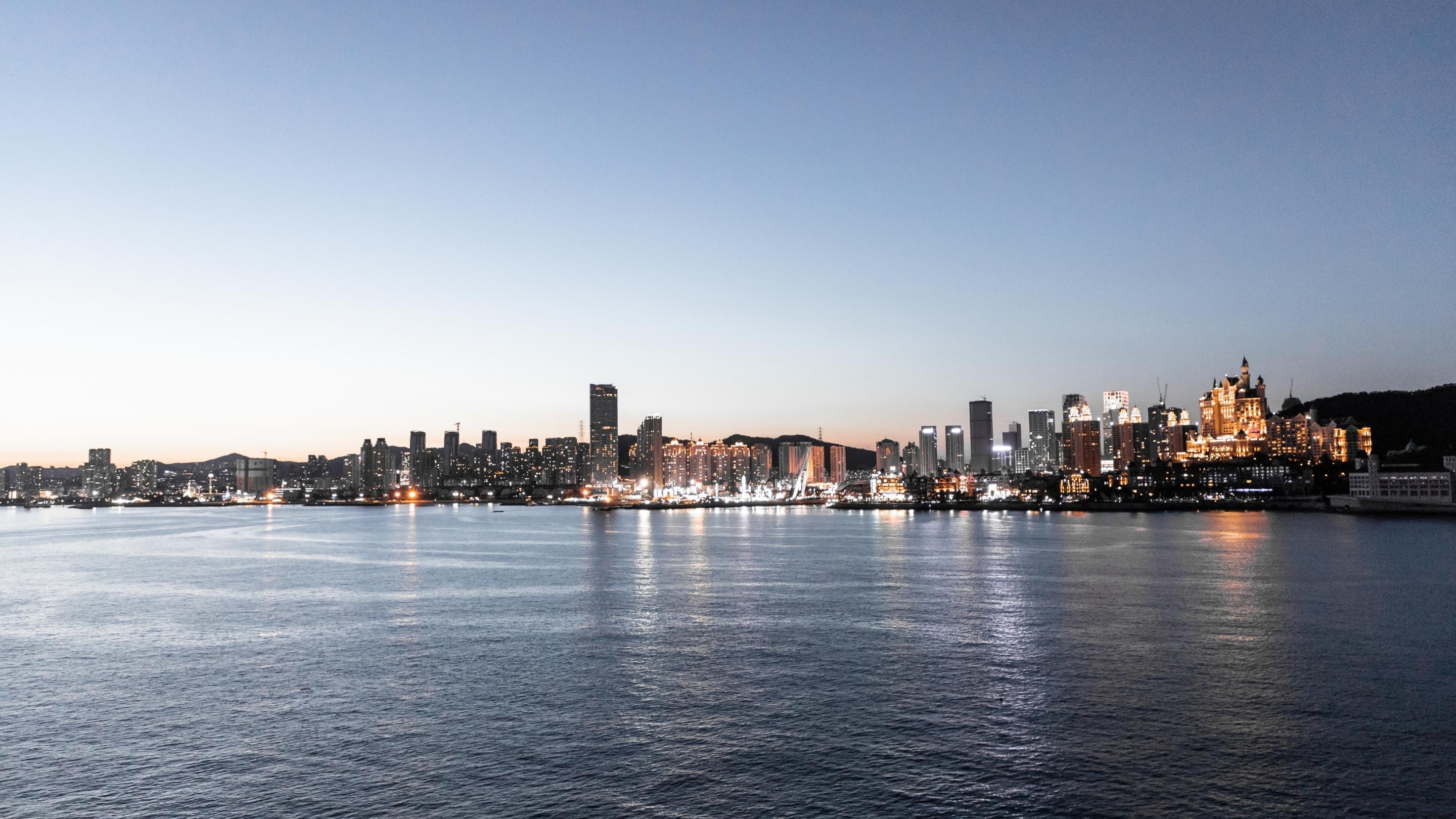
CONSOLIDATION VS FULL CONTAINER- SHIPPING FROM CHINA TO VIETNAM
CONSOLIDATION
LCL or consolidation is used when a company does not have enough ocean freight to fill an entire container. The typical sizes of containers when shipping are below, but there are others you can consider
- 2o feet container with a capacity of 33 CBM
- 40 feet container with a capacity of 67 CBM
- 4o feet container with a capacity of 76 CBM
LCL is typically used when a company has less than 13/14 CBM. If a company has more than this, it generally is safer to use an entire container, even if only half is used.
Advantages of LCL
- This option is the cheapest because you can ship any cargo; this is contrary to the use of a shipping method such as air freight, as you cannot ship items such as batteries, etc.
- Freight costs are often based on cargo volume instead of a flat rate as is the case with FCL (Full Container Load) shipments.
- Shipping fewer goods more often mean less inventory space.
- During peak times when vessel capacity is close to full, LCL can be a more flexible and faster option than booking a shipment compared to FCL shipment.
Disadvantage of LCL
• A business will typically pay higher per cubic meter compared to FCL shipping. Alongside this, items will need to be deconsolidated at the other end, which is an expensive service. Companies can skip this step if they choose FCL.
• Loading and unloading LCLs process from containers at both the shipping and destination ports could add to the overall shipment time.
• LCL shipments can be significantly more expensive per cubic meter than FCL shipments.
• Some LCL items in a container could be delayed due to Customs issues.
>> Vietnam Inland Waterway: The Best Way To Ship Domestically?

FULL CONTAINER (FCL)
FCL sea freight transport is the cheapest mode of transport when importing or exporting from China to Vietnam. However, for this transport option to be beneficial, the importer should purchase a more significant amount of goods.
Advantages of FCL
- This is the cheapest method of transport when your container volume is higher than 15 CBM; it is also advantageous as with this method, companies can manage the packing of their goods.
- This method will also present high levels of security as the container is sealed from departure to arrival, unlike LCL.
- Now the shipper can easily track the freight as the FCL providers provide the shippers with the option of real-time updates, which helps them to have a constant update of the location of the goods.
Disadvantage of FCL
Sea freight is the slowest method of transport, so it is not ideal for companies wanting to provide fast delivery to their customers. This method is also not advised for those with shipments under 14-15 CBM.
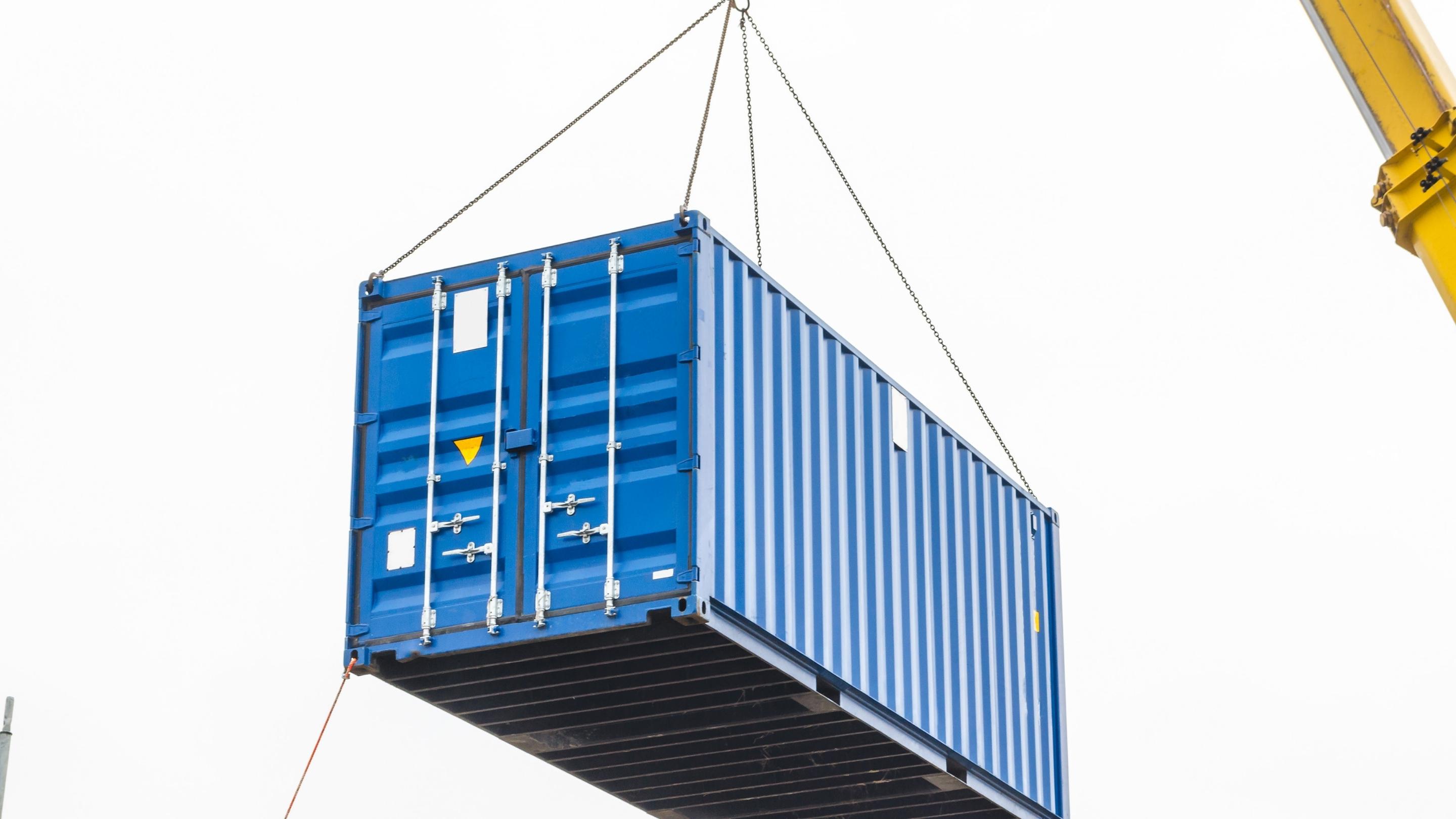
CUSTOMS CLEARANCE BETWEEN VIETNAM AND CHINA
To evaluate how much taxes, duties, and customs clearance, in general, will cost, it is good to be aware of the HS code. All members of the world trade organization use this code, which is composed of 6 numbers.
From this, companies can use websites to check the taxation on their shipments. The HS code is a significant part of the customs clearance processes; thus, requesting it from the supplier involved in your approach is essential.
Read more: What is HS code in Logistics?
All in all, transporting goods between Vietnam and China not only gains great economic benefits, but above all, it also promotes relationships between domestic and regional businesses. The more expanding the consumption market, the more stable businesses are in terms of output for products. This is the expectation in the long-term cooperation relationship between logistics companies and enterprises.More than 30 years of expertise in Asia, enables VICO LOGISTICS to deliver tailor-made freight solutions at hyper-competitive prices. Do not hesitate to contact our dedicated staff for more information about your transfer, we’re always happy to serve and spread the knowledge! Contact us
Read more:
>> Where to find Vietnam manufacturers?
>> How to get the lowest possible shipping freight quote?






